During the early 1980’s, Afghanistan was occupied by some 100,000 troops of the Soviet Red Army. The Soviets fought against a nationwide insurgency led by a fractured army of various tribal and religious allegiances known as the mujahedeen, a word that can be loosely translated as “holy warriors,” but perhaps more accurately as “those who struggle against darkness."
The 1980's
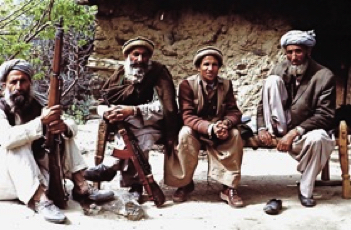
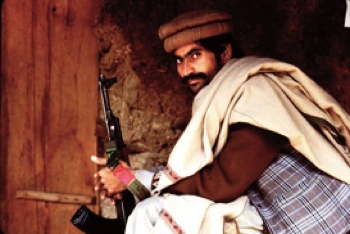
During the early 1980’s, Afghanistan was occupied by some 100,000 troops of the Soviet Red Army. The Soviets fought against a nationwide insurgency led by a fractured army of various tribal and religious allegiances known as the mujahedeen, a word that can be loosely translated as “holy warriors,” but perhaps more accurately as “those who struggle against darkness."
Islam and the Sufi Tradition
Afghanistan is a diverse land. The nation-state that began to take form in the 1700’s under King Ahmed Shah Durrani was a loosely woven web of several ethnic groups, two major and a number of minor languages, and both major sects of Islam, Sunni and Shia. Through these disparate patterns ran an underlying thread of unity in the ancient mystic philosophy of Sufism. Its perennial view of the Oneness of all life and the possibility of complete union with the Divine transcends any human religious divisions, but took on a vibrant flavor of the Islamic traditions of the lands where it flourished.
Many of the greatest Sufi poets wrote in Persian, one of the major languages of Afghanistan. Jalaluddin Rumi, who fled to Turkey ahead of the Mongol invasions of the 13th century, is known in Afghanistan as Maulana Balkhi, the Master of Balkh, as he is said to have been born in the area, now a small town near the city of Mazar-i-Sharif in the north. Balkh was also the home of one of the famous Sufi women poets, Rabia Balkhi.
Like most mystics, the Sufis have been and are today reviled and persecuted in some quarters, and revered in others.
Sufism in the Story
Sufism remains an important spiritual teaching in both Afghanistan and Pakistan. In Love and War in the Land of Cain, Dr. Yusuf Hakim, his brother Governor Ayub, and the commando leader Rahimullah are all deeply influenced by Sufi tradition. Yusuf, after years of secular life studying and living in the U.S., becomes a self-described “born again Sufi” after returning to his native land. Even the dedicated socialist Ayub, who finds himself a de facto supporter of the Soviets through no plan of his own, constantly quotes Sufi poetry. Both, along with their sister Maryam, were rigorously schooled in this tradition by their father.
The Afghan women in the story are as quick and able as the men to quote poetry and Sufi tradition. Afghans’ knowledge of poetry transcends gender and education. Often a non-literate fighter or refugee will display a nugget of profound knowledge, or create a poetic song on the spot.
The Landscape, Physical and Political
The story takes place in Peshawar, Pakistan, and in the province of Kunar, Afghanistan, just over the border from Pakistan’s Tribal Areas in what was then known as the Northwest Frontier Province. The name was a holdover from the days of the British Raj, when what is the modern nation of Pakistan was the frontier abutting the wild and seemingly unconquerable land of Afghanistan.
In the 1980’s the Pakistani city of Peshawar was the base for a Resistance movement that at times had the heroic character of the anti-Nazi Resistance of Europe, and at other times fell victim to petty infighting and deadly differences of opinion.
Some of the mujahedeen parties were considered “moderate” by Western observers. These groups espoused democracy, human rights, and women’s rights as well as devotion to Islam. They believed that Islamic principles could coexist with international values and create a flourishing society where women would play an important and equal part in politics and social life.
Then there were the fundamentalists, strongly influenced by the puritanical Wahhabist movement that originated in 18th century Arabia. They wanted strict adherence to their particular interpretation of Shariat law (one of many), a compendium of the words of the Holy Qur’an and the Hadiths, or sayings of the Prophet Muhammad (PBUH). Out of these fundamentalist parties grew what is today known as the Taliban, and the philosophically related but separate al-Qaeda, whose followers are willing to die and to kill innocents---including other Muslims---in pursuit of their world view.
For reasons best known to those privy to foreign policy decisions made during the Reagan and elder Bush administrations, the bulk of what became a river of U.S. financial and military assistance to the mujahedeen was directed to the most fundamentalist groups. The Pakistani ISI (Inter-services Intelligence) agency was the key conduit of money and arms. Choices were made to direct all assistance through Pakistan, resulting in a flow of arms and money to the most fundamentalist of the Afghan mujahedeen and their ardent supporters from other Muslim countries, including an obscure young heir to a Saudi oil fortune, Osama bin Laden.
In the War Zone
In the world of Love and War in the Land of Cain, as American journalist Elizabeth Owen ventures behind Soviet lines into the war zone largely controlled by various factions of the mujahedeen, arms are beginning to filter in, but they are mostly small arms, Russian-made AK-47’s channeled through Egypt and China. Most aid goes to the fundamentalist parties, which helps them attract followers. Many other mujahedeen are still fighting with their fathers’ and grandfathers’ guns, 19th century rifles that went to war against the British. “Training camps” at which dedicated mujahedeen receive military and guerrilla training from both Afghans and CIA operatives, already exist but are not publicized.
It is only in the late 80s that Stinger missiles—which helped tip the balance of the war by enabling the Afghans to shoot down the dreaded Soviet helicopter gunships—began to be shipped into the country. Missiles, assault rifles, and landmines would later play a part in the ensuing civil war that, arguably, has never stopped through 20 years of US occupation and whatever lies ahead after the withdrawal of foreign forces.
Kunar, the Afghan province where much of the action in Love and War in the Land of Cain takes place, has remained one of the most violent areas of Afghanistan. During the American occupation, Afghan Taliban fighters flowed back and forth across the border of the Durand Line, where they found safe haven in the Pakistani Tribal Areas of what is now Khyber Pakhtunkhwa.
Inside Afghanistan, they were pursued by American Predator drones remote-controlled from a base in Nevada. While diplomats and International Security Assistance Force spokespeople claimed that efforts were made to avoid civilian casualties, a person is just as dead whether killed by rockets from a Soviet gunship in the 80’s or an American drone or gunship in the first two decades of the 21st century. In March 2011 nine young Kunari boys were killed while gathering firewood in the very region where much of this novel takes place.
Hope for the Future
It is my hope that this story will bring alive the history and the present of Afghanistan, and enable readers to deeply identify with and connect to the hearts of ordinary Afghans. I hope that we will get beyond cartoon versions of Afghans, Americans, Arabs, Russians, and all nations.
In Native American, and many other traditions, it has long been recognized that we in the web of life are all related. In Lakota spirituality, a person always remembers and honors mee takuye oyasin, “all our relations.”
On a planet in peril, already in process of devastating human-caused climate breakdown and environmental destruction, this is true not only of all humans, but of all life.
In the end, perhaps the most profound lesson of war that characters and readers alike can learn from this story is that we are all ONE.

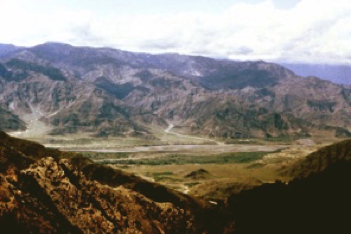
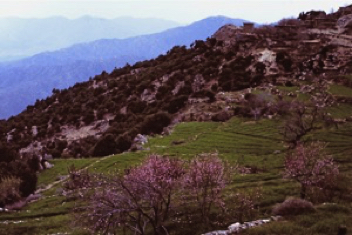
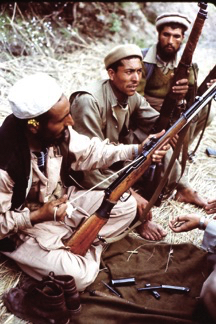
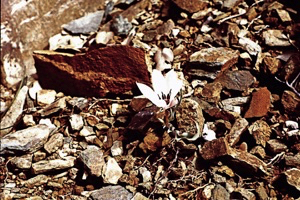
Please see the Gallery page for more photos of Afghanistan and its men, women, and children.
The World of
Love and War in the Land of Cain